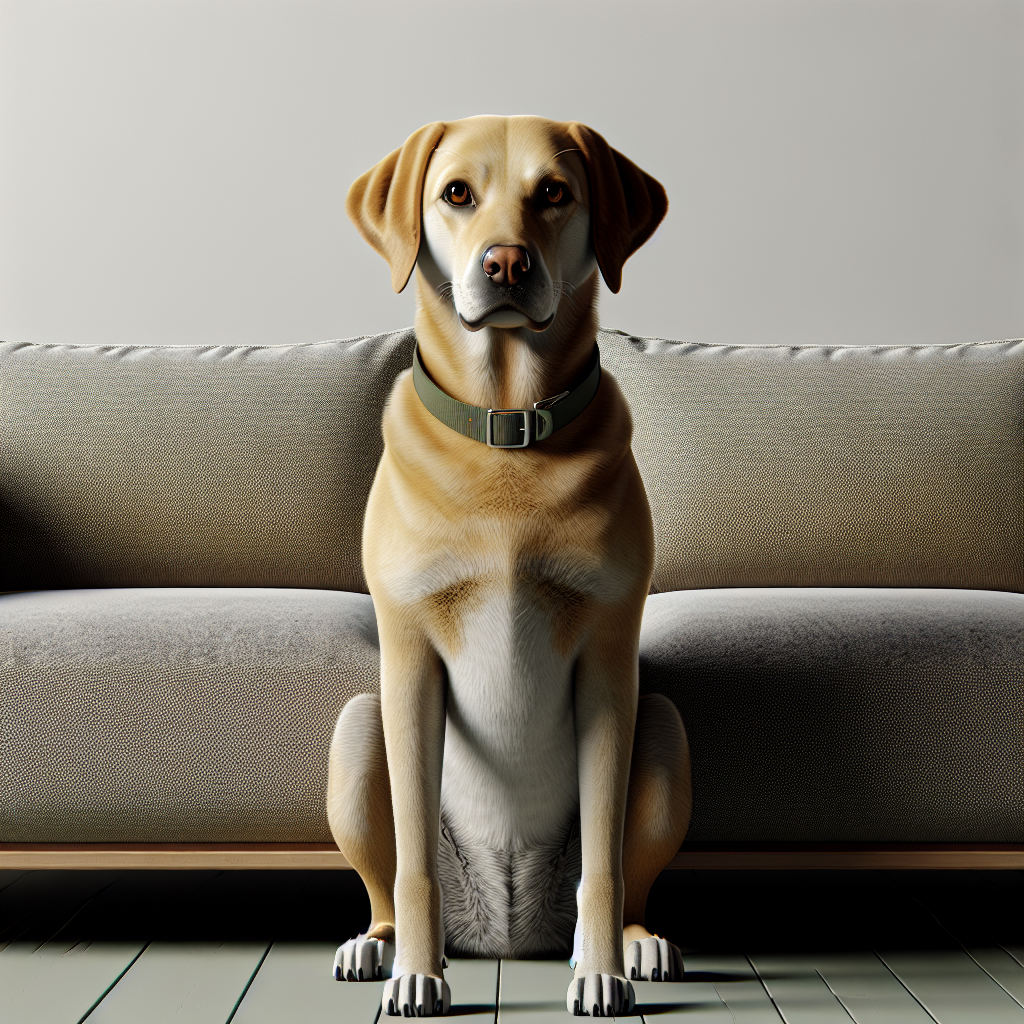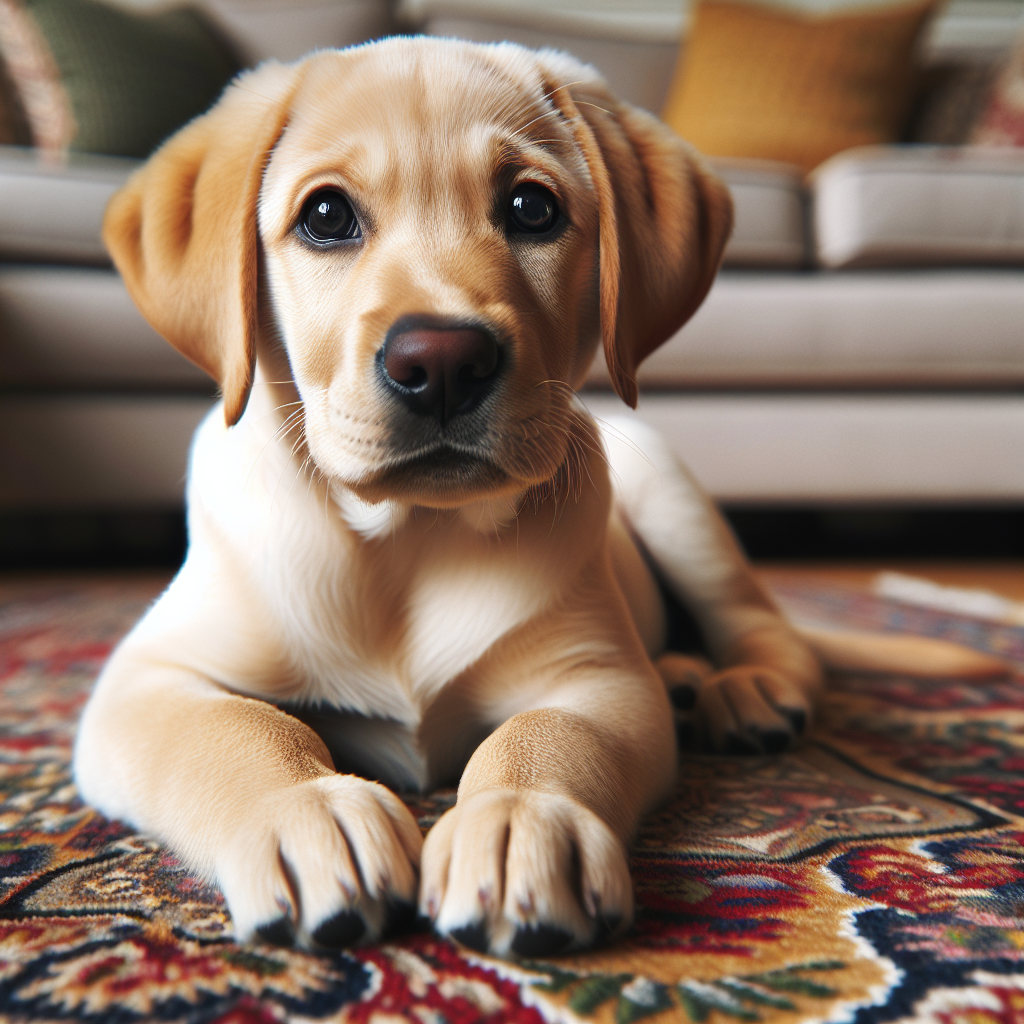Understanding and Preventing Dog Separation Anxiety
At the heart of many canine behavioral issues lies dog separation anxiety, a condition that can make life stressful both for pets and their owners. Recognizing, managing, and preventing separation anxiety in dogs is crucial for fostering a healthy, happy pet. Below, we delve into what dog separation anxiety is, its symptoms, and practical strategies to mitigate it, including the roles of puppy training and managing anxiety in dogs.
What is Dog Separation Anxiety?
Dog separation anxiety is a debilitating condition for our canine friends. It manifests when dogs become excessively distressed upon being left alone, showing symptoms that range from mild unease to destructive behavior. Unlike humans who understand the concept of ‘temporary absence,’ dogs with separation anxiety fear their owner may never return, plunging them into a state of panic.
Identifying Dog Separation Anxiety
Understanding the signs of dog separation anxiety is the first step towards helping your furry friend overcome it. These can include excessive barking, destructive behavior, attempts to escape, and more when left alone. However, it’s also crucial to distinguish these behaviors from the normal adjustment period or lack of stimulation and exercise.
Prevention Tips for Separation Anxiety
Preventing dog separation anxiety involves teaching independence and confidence from a young age. Here are a few strategies to help your dog feel more secure, even when you’re apart:
- Gradual desensitization: Slowly acclimate your dog to being alone by leaving for short periods and gradually increasing the duration.
- Consistent routines: Dogs thrive on routine. Maintaining a consistent schedule for walks, playtime, and quiet time can provide comfort.
- Physical and mental exercise: A well-exercised dog is typically more relaxed. Incorporate both physical activity and mental stimulation into your daily routine.
Effective Puppy Training Techniques
Puppy training is instrumental in preventing dog separation anxiety. Teaching your puppy to be comfortable with alone time and encouraging independence are key. Commands like “stay” and “place” can be incredibly helpful, as they require the puppy to remain calm and collected in a designated spot, even in your absence.
Supporting Dogs with Existing Anxiety
For dogs already showing signs of separation anxiety, there are several ways to help:
- Create a safe space: Ensure your dog has a cozy, secure spot like a kennel that feels safe even when you’re not around.
- Avoid emotional departures: Keeping departures and arrivals low-key helps minimize the stress associated with these transitions.
- Consider professional help: Sometimes, the expertise of a veterinarian or a canine behaviorist is necessary to address severe anxiety.
Table: Quick Tips for Managing Dog Anxiety
| Tips | Comments |
|---|---|
| Exercise | A tired dog is a happy dog. Regular walks and playtime can reduce anxiety. |
| Training | Consistent training reinforces a sense of order and security. |
| Routine | Stick to a predictable schedule to avoid unnecessary stress. |
| Independence | Allow your dog to spend some time alone to build confidence. |
In conclusion, dog separation anxiety is a complex issue, but with patience, understanding, and the right approach, it can be managed effectively. Remember, at the core of addressing anxiety in dogs and successful puppy training is a relationship built on trust and love. By providing a stable environment and meeting their physical and emotional needs, your dog can enjoy a happy, anxiety-free life.






